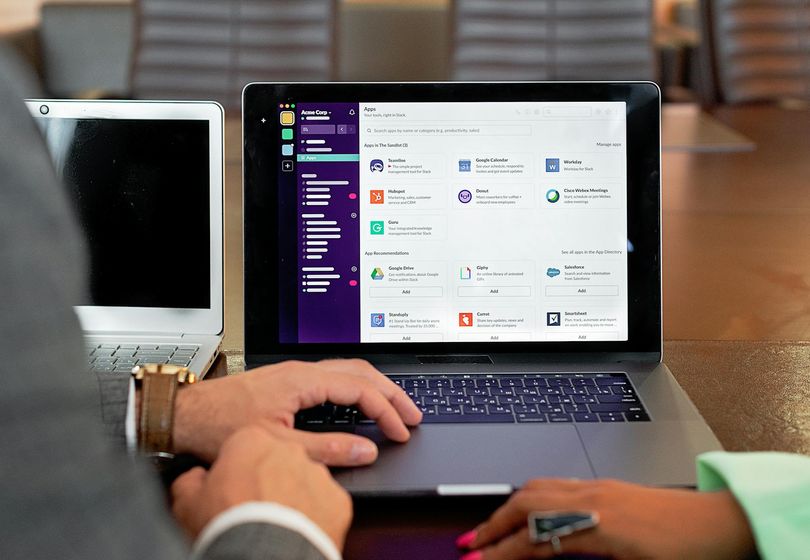
With the rise of remote work and digital workplaces, effective team communication has become more important than ever. In this modern era, businesses require tools that enable seamless communication and collaboration among team members, regardless of their physical location. One such tool that has revolutionized corporate communication is Slack.
Slack, known as the business messenger for teamwork, has transformed the way organizations communicate internally. Originally launched in 2013, Slack has gained immense popularity among businesses of all sizes due to its versatility and user-friendly interface.
One of the key features that sets Slack apart from traditional email communication is its real-time messaging capabilities. With Slack, team members can engage in instant messaging, allowing for quick exchanges of ideas, feedback, and updates. This real-time communication fosters a sense of immediacy and collaboration among team members, leading to increased productivity and efficient decision-making.
Moreover, Slack offers a range of channels that enable organizations to organize conversations based on specific topics, projects, or departments. This feature allows team members to access relevant information easily and participate in discussions that are pertinent to their roles. By creating dedicated channels for different purposes, businesses can streamline communication and ensure that information is shared with the right people.
Another advantage of Slack is its integration capabilities with various third-party apps and tools. From project management software to cloud storage platforms, Slack can be seamlessly integrated with a wide range of applications, allowing users to access all their essential tools within the Slack interface. This integration simplifies workflows and reduces the need to switch between multiple apps, thereby enhancing efficiency and productivity.
For remote teams, Slack serves as a virtual office space where team members can connect and collaborate regardless of their geographical location. This is particularly beneficial for organizations with distributed teams or employees working from home, as it ensures that communication remains fluid and transparent despite physical distances.
Additionally, Slack offers advanced features such as file sharing, video calls, and search functionality, further enhancing the overall communication experience for users. The ability to share files directly within Slack eliminates the need for lengthy email attachments, while video calls enable face-to-face interactions among team members, even when they are miles apart.
As businesses continue to embrace remote work and digital communication, tools like Slack play a crucial role in facilitating seamless team collaboration and communication. By leveraging the power of business chat and messaging platforms, organizations can enhance productivity, foster teamwork, and create a cohesive work environment that transcends physical boundaries.
In conclusion, Slack has become an indispensable tool for modern businesses looking to optimize their communication strategies and streamline collaboration efforts. With its intuitive interface, real-time messaging capabilities, and seamless integrations, Slack is transforming the way organizations communicate and work together, paving the way for more efficient and productive digital workplaces.
